2023 Year in Review
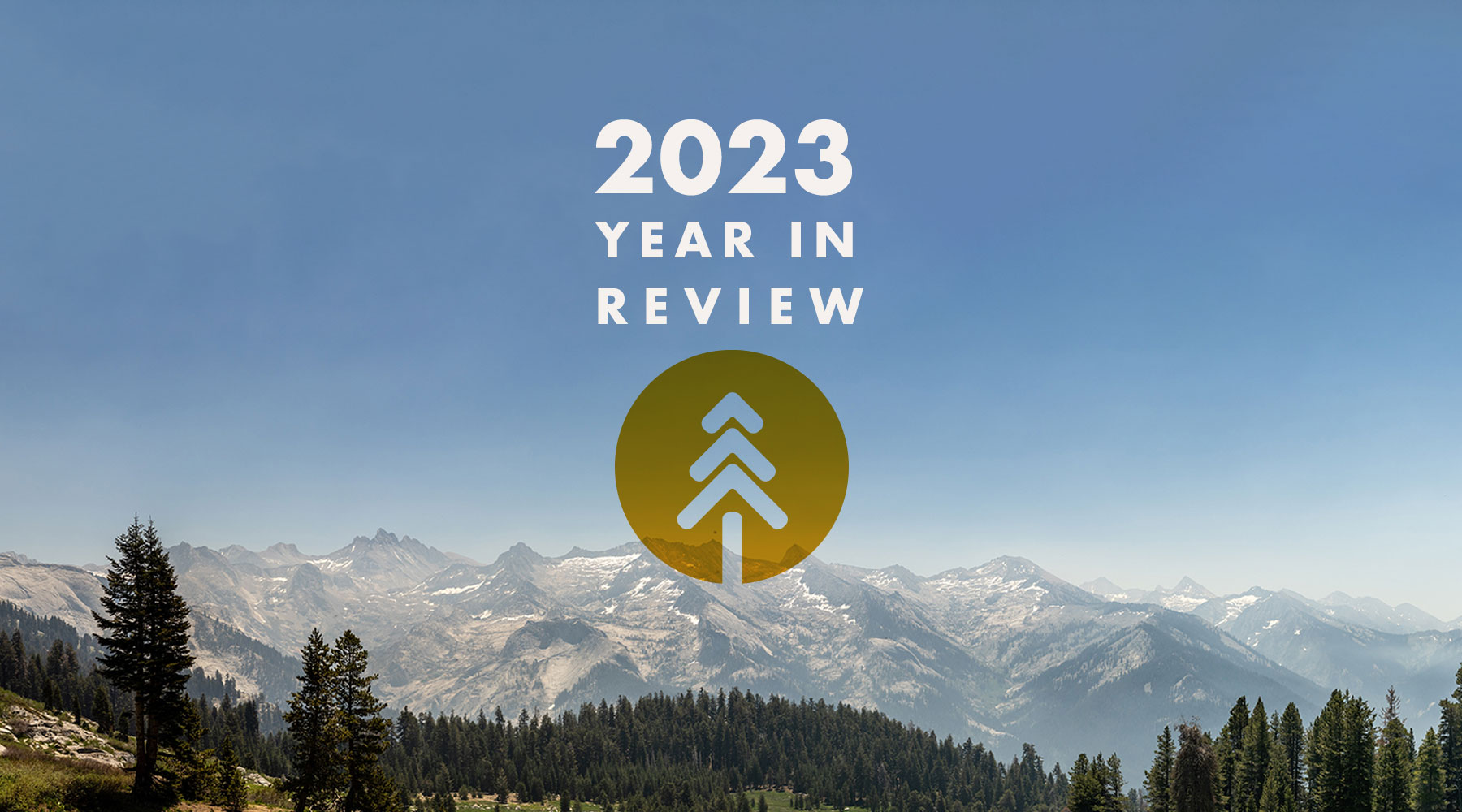
Thank you for being interested and involved in wildfire and landscape resilience efforts in California. Here’s a brief review of 2023 and a preview of what's ahead in 2024. The Task Force Team wishes you and your families a safe, happy and healthy 2024.
2023 highlights
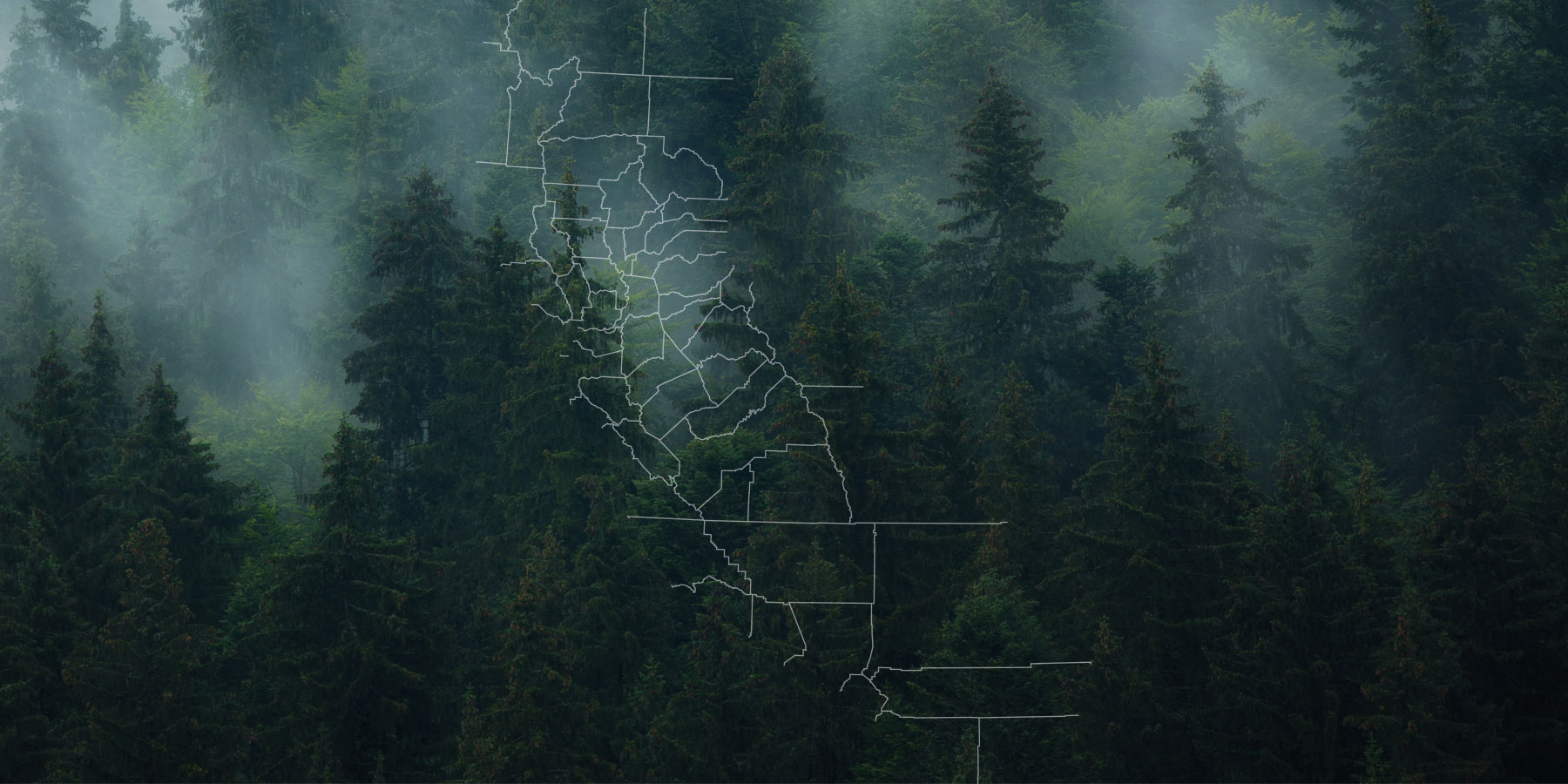
Regional Resource Kits Finalized
Regional Profiles and Regional Resource Kits are now available for all four regions of California. The kits bring together the scientific data needed to help regional entities plan, prioritize and monitor projects.

Treatment Dashboard Launched
The Wildfire & Landscape Resilience Interagency Treatment Dashboard is a highly interactive online tool that displays the location and size of wildfire and landscape resilience treatments throughout the state, helping to guide practitioners on where to plan new projects.
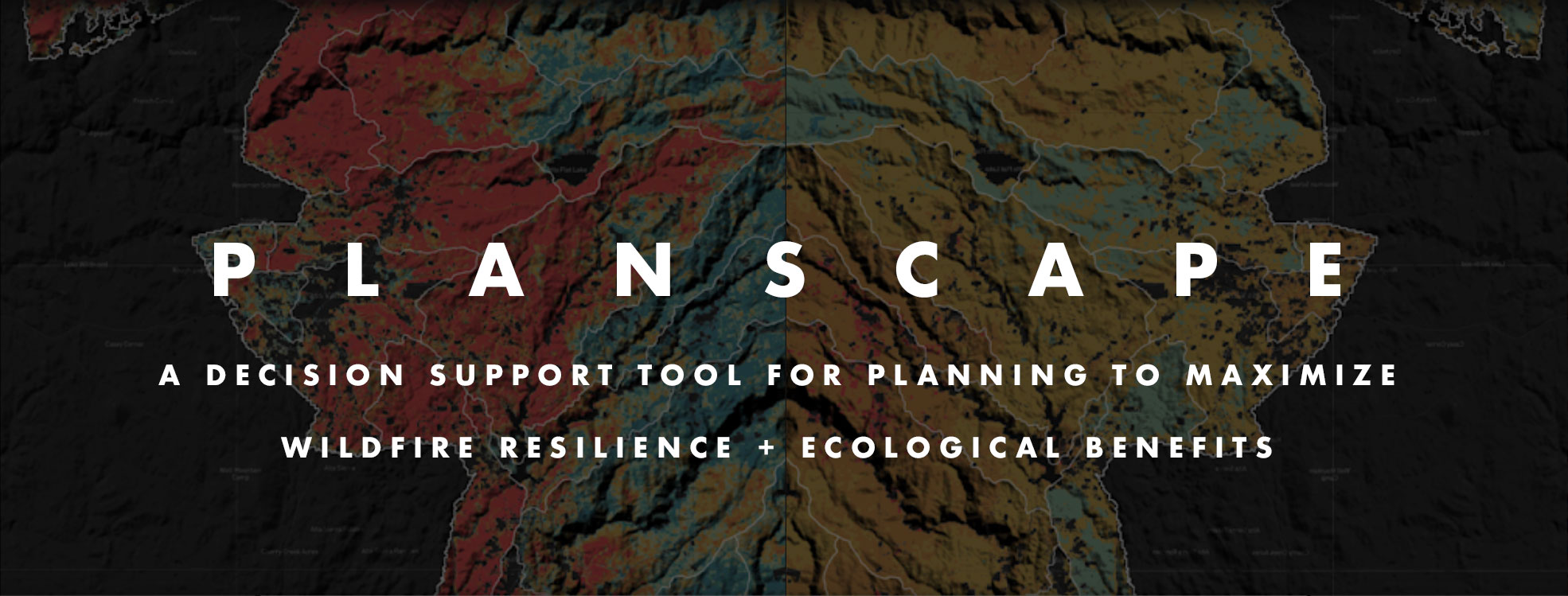
Planscape Beta Available
With a full launch expected in 2024, Planscape can be accessed now to test the early functionality and share feedback. This unique wildfire resilience decision support tool helps regional planners prioritize landscape treatments to mitigate fire risk, maximize ecological benefits, and help landscapes adapt to climate change.
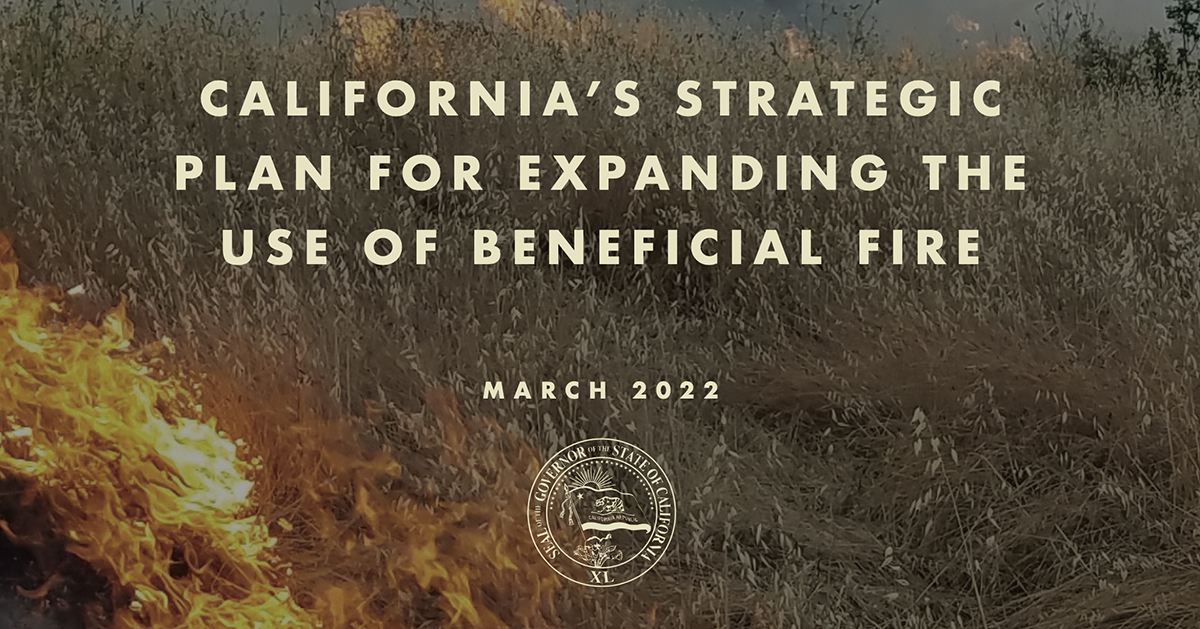
Joint Strategies Completed for Beneficial Fire and Sustainable Outdoor Recreation
Task Force Work Groups completed and launched their Joint Strategies as required in California’s Wildfire & Forest Resilience Action Plan. Click below to see them, and look forward to Reforestation Pipeline, Resilient State Lands and Private Landowner strategies to be published in early 2024.

Regional Meetings in Southern, Central and Northern California
There’s no better way to align resources than bringing people together to focus on regionally specific issues. Three regional meetings were held in 2023, and three more in Sacramento. Hundreds of people came away from the meetings having learned new information, and having made new connections, and inspired to make positive change.
spread the word in 2024
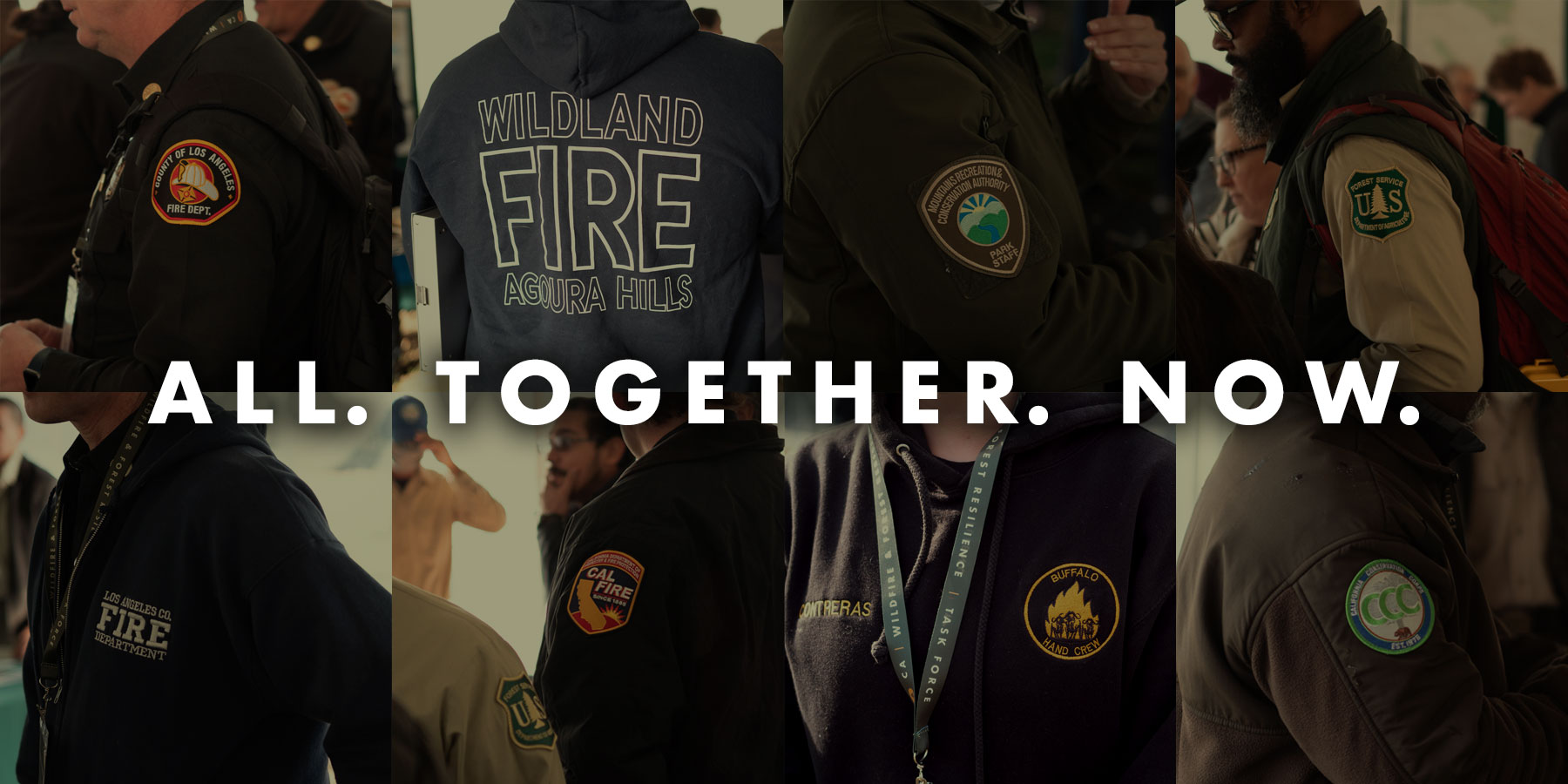
Promote the Task Force in Your Communications
The Task Force is an important source of vital information on the combined efforts of those involved in landscape resilience and wildfire prevention in California. Please follow and share Task Force communications when you can.
Join us at our Upcoming Meetings
April 4-5: Southern CA Region
June 20: Sacramento
September 26-27: Sierra Region
December 13: Sacramento
RESOURCES
ABOUT THE TASK FORCE
The California Wildfire & Forest Resilience Task Force was created by the Office of Governor Gavin Newsom to directly confront the near perfect storm of climatic and human-caused conditions that have brought the threat of devastating wildfire and its far-reaching effects to the doorstep of nearly everyone in our state, and beyond.
The Task Force is a collaborative effort to align the activities of federal, state, local, public, private, and tribal organizations to support programs and projects tailored to the priorities and risks of each region and bring the best available science to forest management and community protection efforts.
The critical work of the Task Force effects all Californians, and Task Force meetings offer an ideal opportunity for members of the press to hear directly from those involved in the comprehensive, coordinated efforts to reduce the risk of catastrophic wildfires and create safe communities while ensuring healthier, more sustainable natural environments.
DOI Invests Over $12 Million from the Bipartisan Infrastructure Law
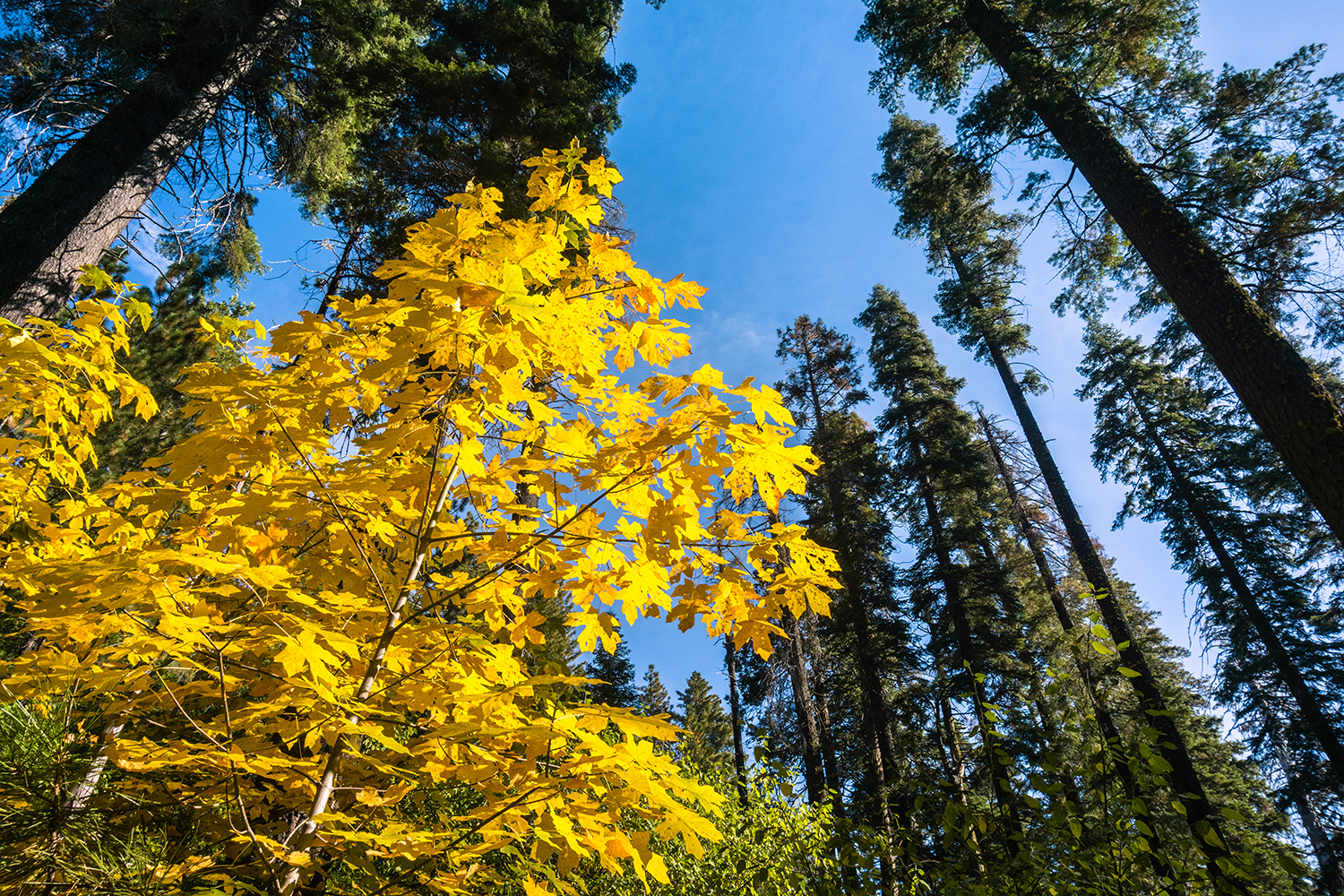
DOI Invests Over $12 Million from the Bipartisan Infrastructure Law to Advance Wildfire Resilience in California
On November 30, the Department of the Interior announced that it has invested over $12.2 million in fiscal year 2023 from the Bipartisan Infrastructure Law to advance wildfire resilience work and support fuels management projects on 27,669 acres in California. The Bipartisan Infrastructure Law is bringing much-needed help to communities across the country to increase the resilience of lands facing the threat of wildland fires and to better support federal wildland firefighters.
30x30 Becomes Law
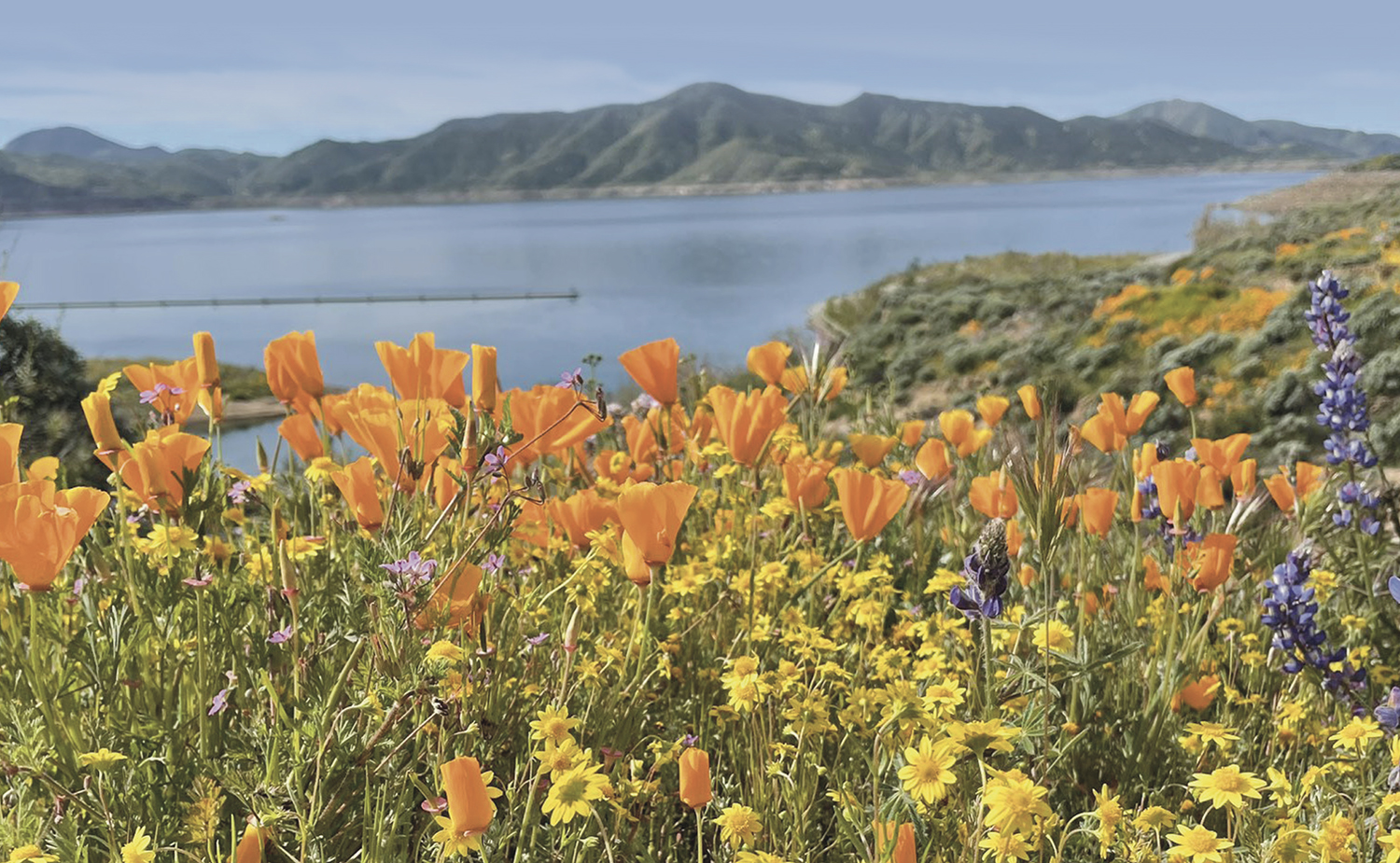
30x30 Becomes Law
On October 7 Governor Newsom signed Senate Bill (SB) 337, establishing the statewide goal to conserve at least 30 percent of California’s land and coastal waters by 2030 (30×30). This legislation establishes the goal in statute, ensuring that it will remain a commitment for future administrations through 2030. The three primary objectives of 30×30 are to conserve and restore biodiversity, expand access to nature, and mitigate and build resilience to climate change. Accomplishing these objectives will assist the Task Force in ongoing efforts to improve forest health to manage the risk of wildfire.
CAL FIRE Invests $47M in School Greening
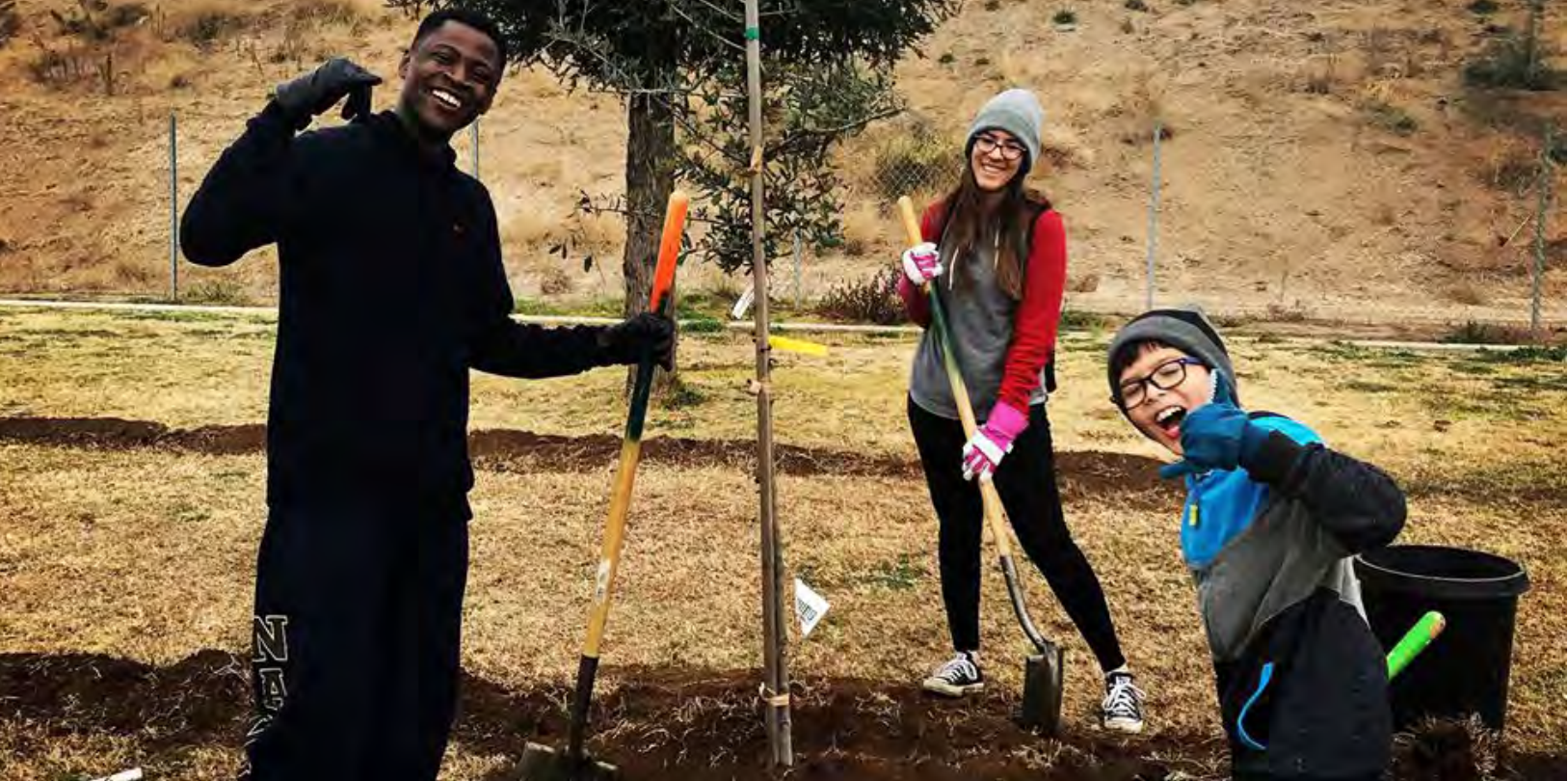
CAL FIRE Invests $47M in School Greening
More shade is on the way! On July 13, Governor Newsom announced CAL FIRE’s $47 million investment to help schools convert pavement to green spaces and plant trees and other vegetation. This first round of CAL FIRE’s $117 million Green Schoolyard Grant program will support 6 implementation projects and 9 planning projects on 100 schoolyards statewide. The program is part of the Governor’s Extreme Heat Action Plan, which is backed by the $52.3 billion California Climate Commitment budget. This program supports the goal of to expanding urban canopy, as laid out in the Task Force Action Plan.
State Agencies Fund Wildfire Resilience, Habitat Restoration and Conservation Projects
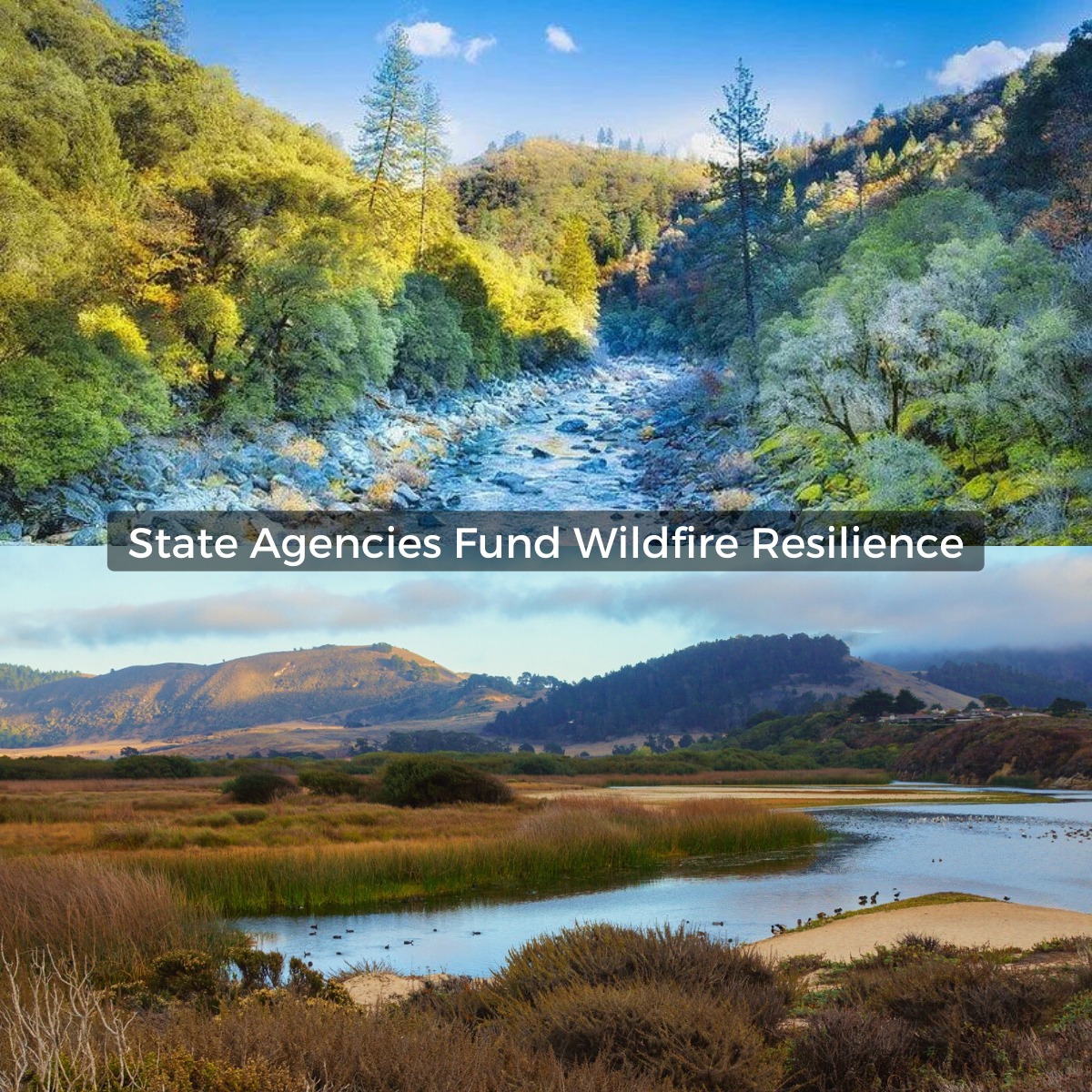
State Agencies Fund Wildfire Resilience, Habitat Restoration and Conservation Projects
State Agencies Fund Wildfire Resilience, Habitat Restoration and Conservation Projects:
State Coastal Conservancy $78 Million for Climate Resilience, Public Access, Habitat Restoration and Wildfire Resilience: On June 1, the State Coastal Conservancy approved nearly $78 million for 34 projects to protect and restore coastal lands, increase coastal resilience to climate change, improve public access to the coast, and reduce the impact of wildfire on coastal lands.
SNC Approves $22.5 Million to Build Resilience, Boost Recreation, and Conserve Land: On June 1, the Sierra Nevada Conservancy (SNC) approved roughly $22.5 million for 24 different projects that will benefit wildfire recovery and forest resilience, expand recreation opportunities, and conserve strategic land throughout California’s Sierra-Cascade region.
CNRA Publishes Annual Report on 30x30 Initiative
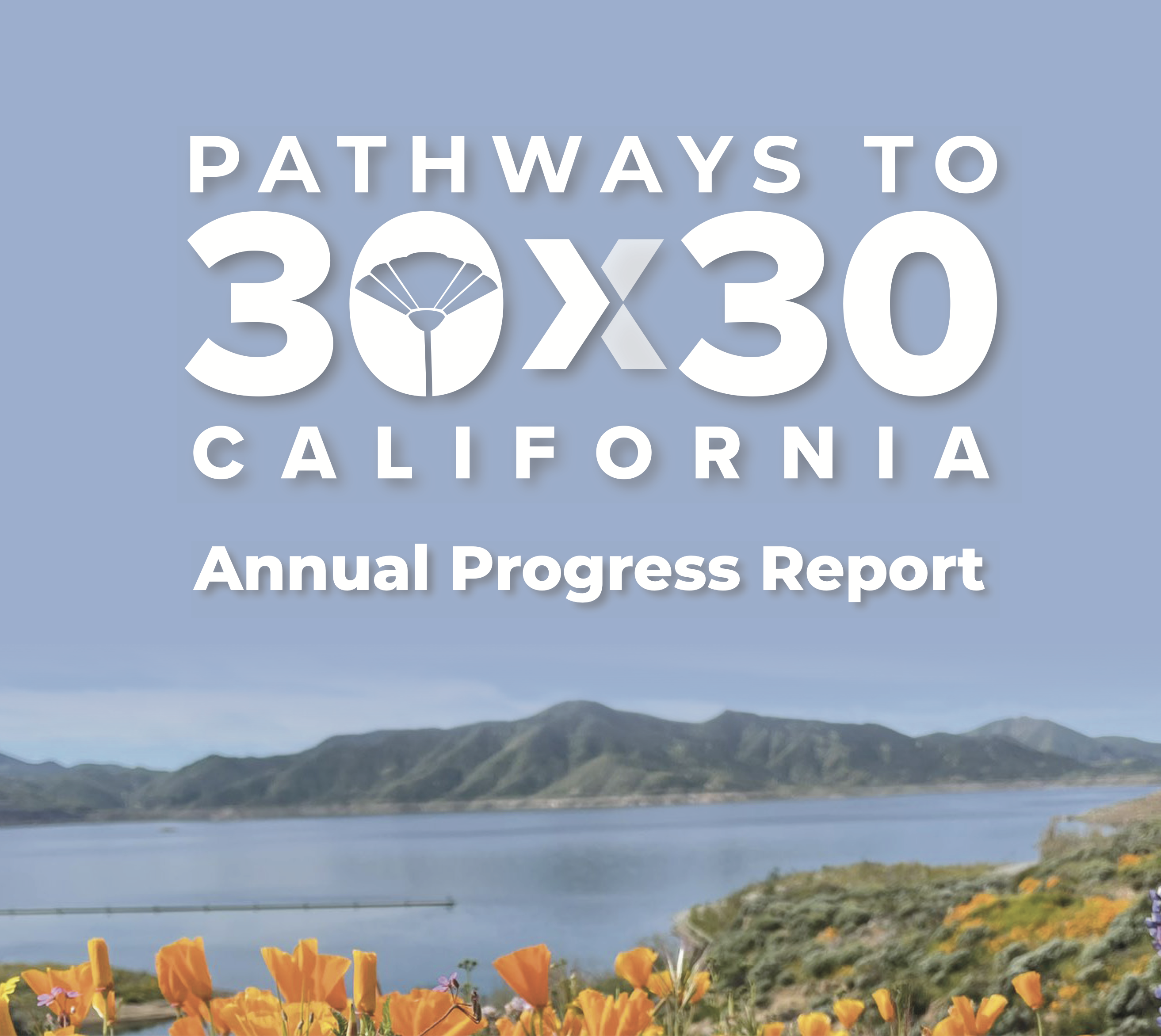
CNRA Publishes Annual Report on 30x30 Initiative
30×30 is California’s landmark commitment to conserve 30 percent of the state’s lands and coastal waters by 2030. This important target has launched a collective initiative that leads the world in protecting, restoring and preserving our natural environment. Real, tangible progress is being made toward realizing this goal. On May 18, CNRA released its annual report showing that California added approximately 631,000 acres of conserved land since April 2022, bringing the statewide total to 24.4 percent of lands and 16.2 percent of coastal waters protected. The report details investments of $116 million in 83 different conservation projects, and shows meaningful progress on 79 of the 112 Pathways to 30×30.
California Climate Investments Program Publishes Annual Report

California Climate Investments Program Publishes Annual Report
The 2023 Annual Report to the Legislature from California Climate Investments tracks the impact of California Climate Investments, including estimates of greenhouse gas emissions reductions, benefits from project investments, and data on the benefits to priority populations, and program achievements.
As of November 2022, California Climate Investments programs have implemented over $9.3 billion in addition to $4.3 billion in expenditures by the High-Speed Rail Project for a total of $13.6 billion. Investments are delivering major economic, environmental, and public health benefits for Californians, including meaningful benefits to disadvantaged communities and low‑income communities and households. Roughly half of these implemented funds address concerns faced by priority populations by providing cleaner air, enhanced mobility options, access to clean energy sources, and new employment opportunities.
CDPH Publishes Air Pollution Health Burden Mapping Dashboard
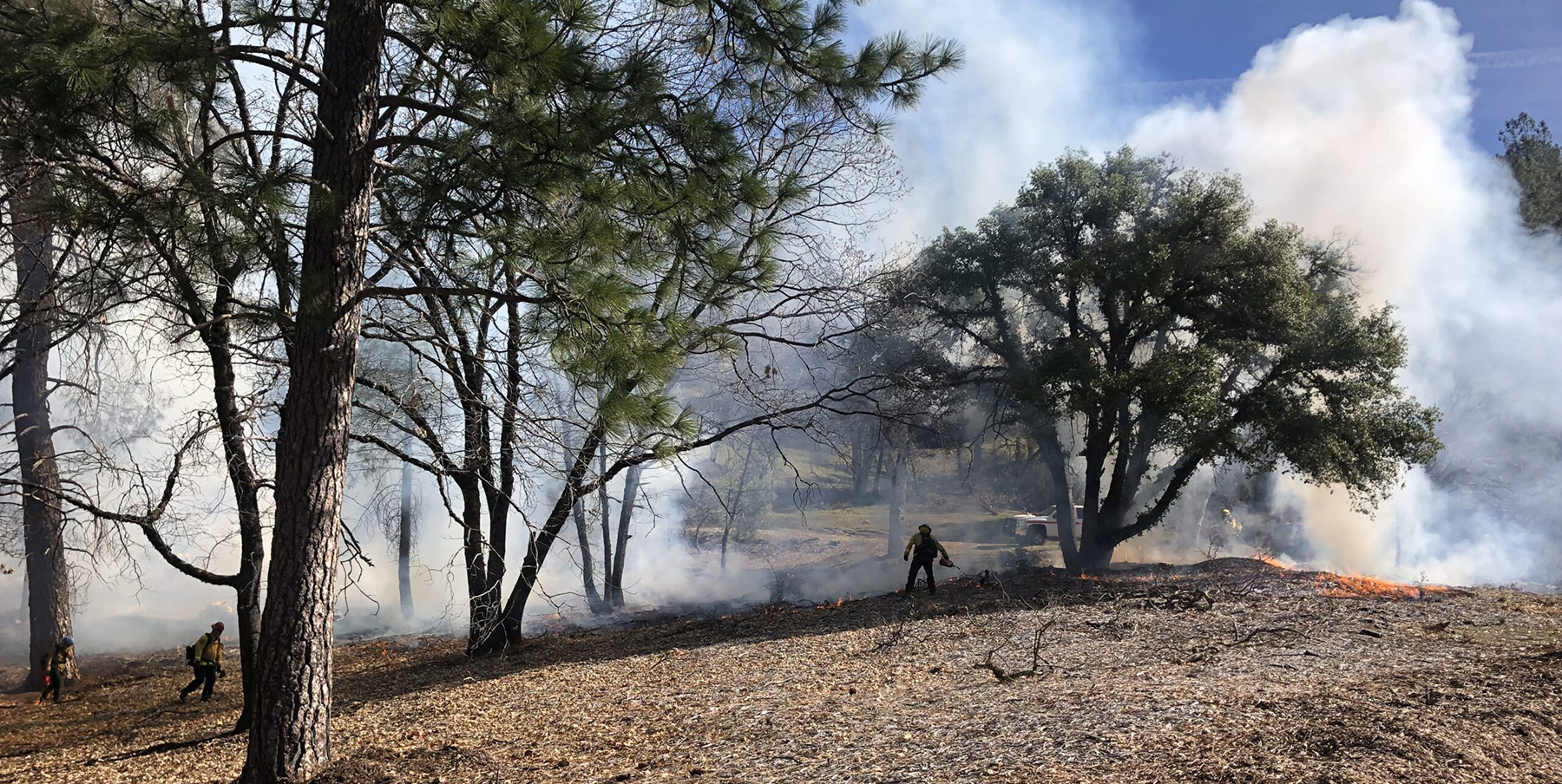
CDPH Publishes California Wildfire Smoke and Air Pollution Health Burden Mapping Dashboard
California Department of Public Health’s dashboard shows the health burden related to air pollution and wildfire smoke. By mapping excess respiratory or cardiovascular-related emergency room visits, the dashboard allows users to visualize the burden in any zip code, as well as how the burden is distributed among races and ages, and proximity to medical facilities, schools, historical wildfires and Air Quality readings. The dashboard is based on data in the publication, Wildfires and the Changing Landscape of Air Pollution-related Health Burden in California. The dashboard was supported in part by a grant from the CAL FIRE’s Forest Health Research Program, as part of California Climate Investments.
Planscape now lives on the Task Force website
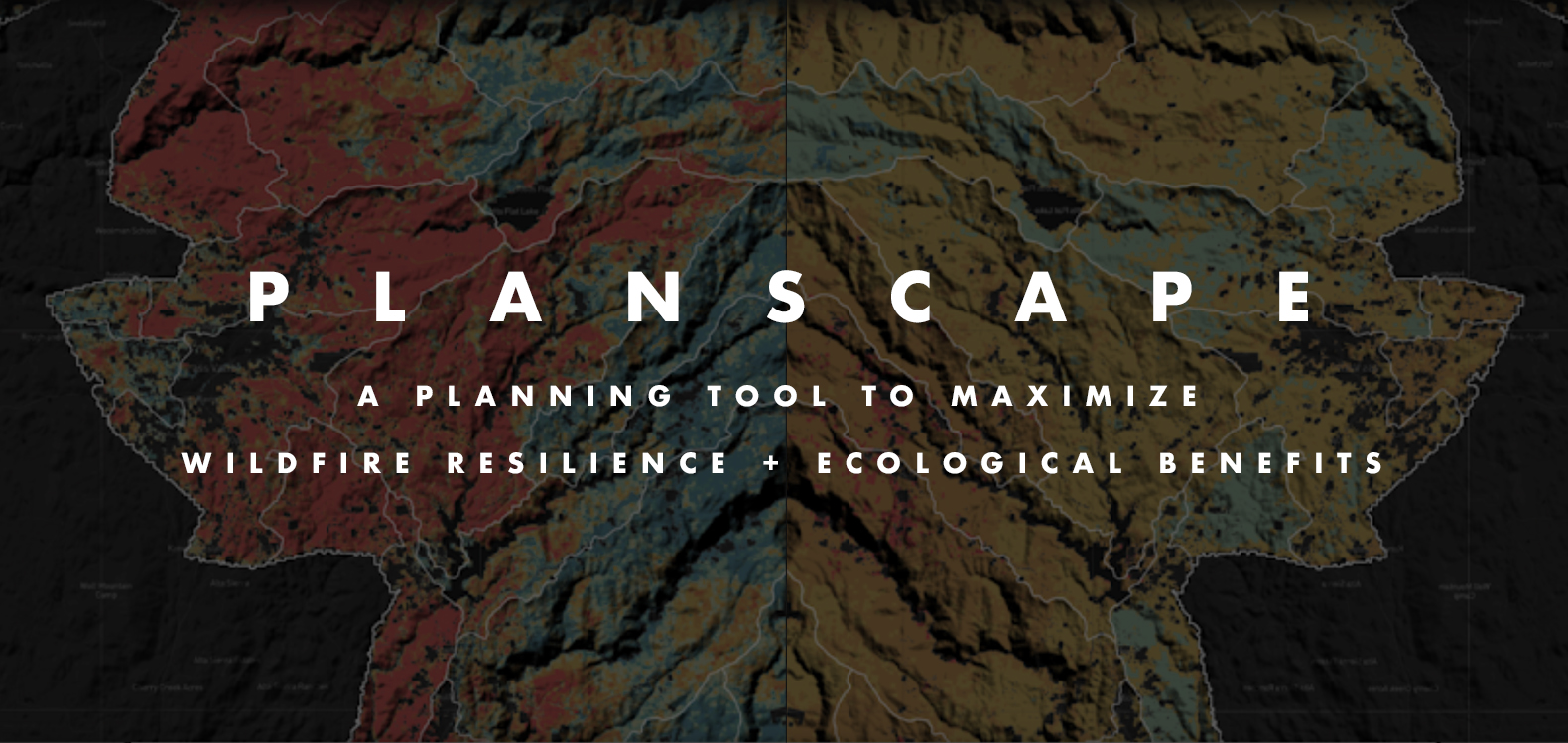
Planscape Now Lives on the Task Force Website
A collaborative effort between CA Natural Resources Agency, USFS, UC Berkeley, Spatial Informatics Group and Google.org, Planscape is a decision support tool that empowers regional planners to prioritize resilience treatments across the landscape and inform the funding process. Planscape partners provided a demonstration of the tool at the March 30 Task Force meeting. This version of the tool is available for beta testing, with the region-specific scenarios released this summer through fall.
RESOURCES
Public Comment Sought on Proposal to List California Spotted Owl
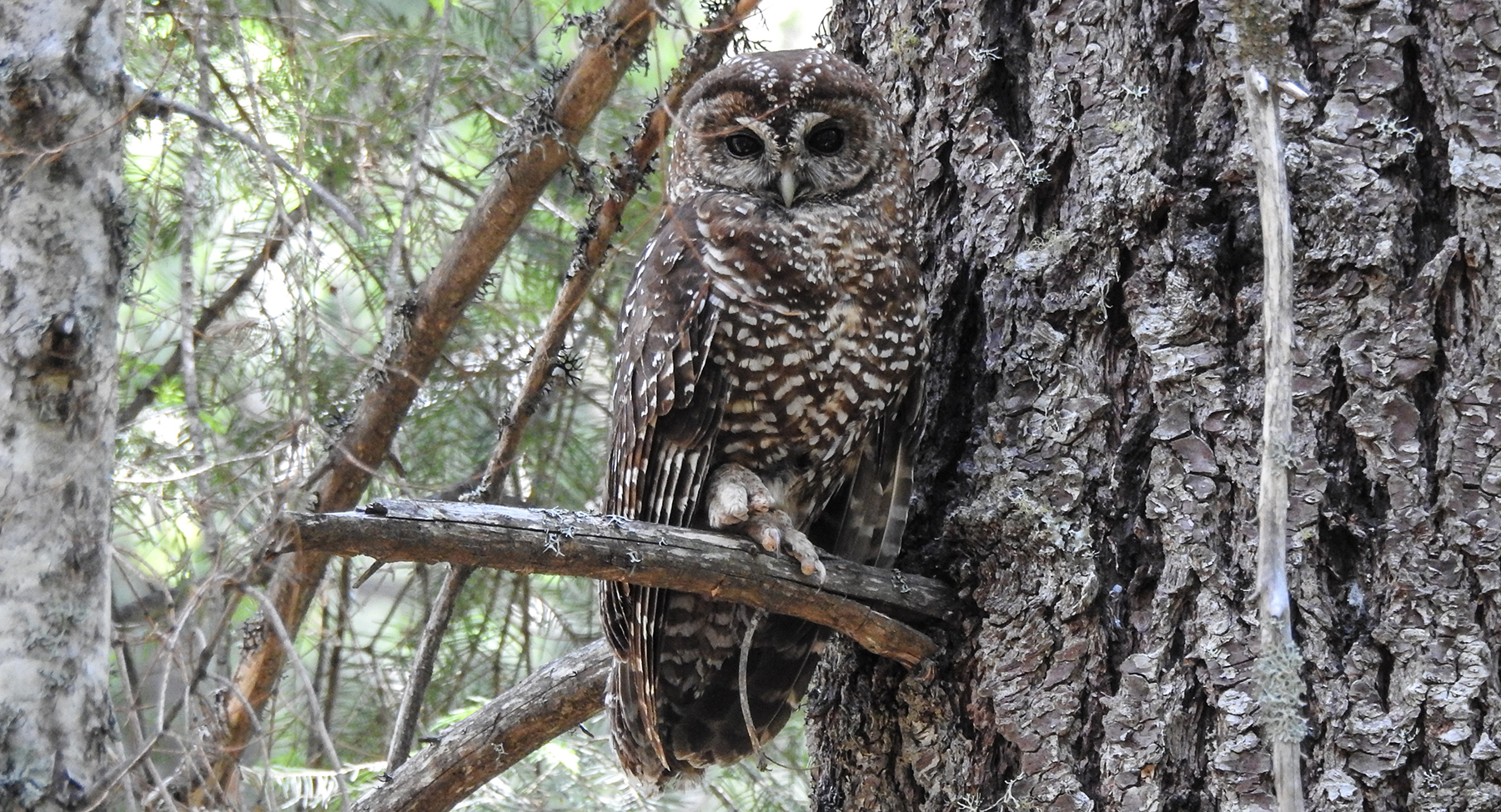
Photo Courtesy of Anastasia Stanish
Public Comment Sought on Proposal to List California Spotted Owl
The U.S. Fish and Wildlife Service (USFWS) is proposing to list two distinct population of the California Spotted Owl under the Endangered Species Act: the Coastal-Southern California DPS as endangered and the Sierra Nevada DPS as threatened. As part of this proposed listing, USFWS is including a 4(d) rule for the Sierra Nevada DPS that exempts the prohibition of take under the ESA for forest fuels management activities that reduce the risk of large-scale high-severity wildfire. USFWS is seeking public comment on the proposed rule through April 24.
